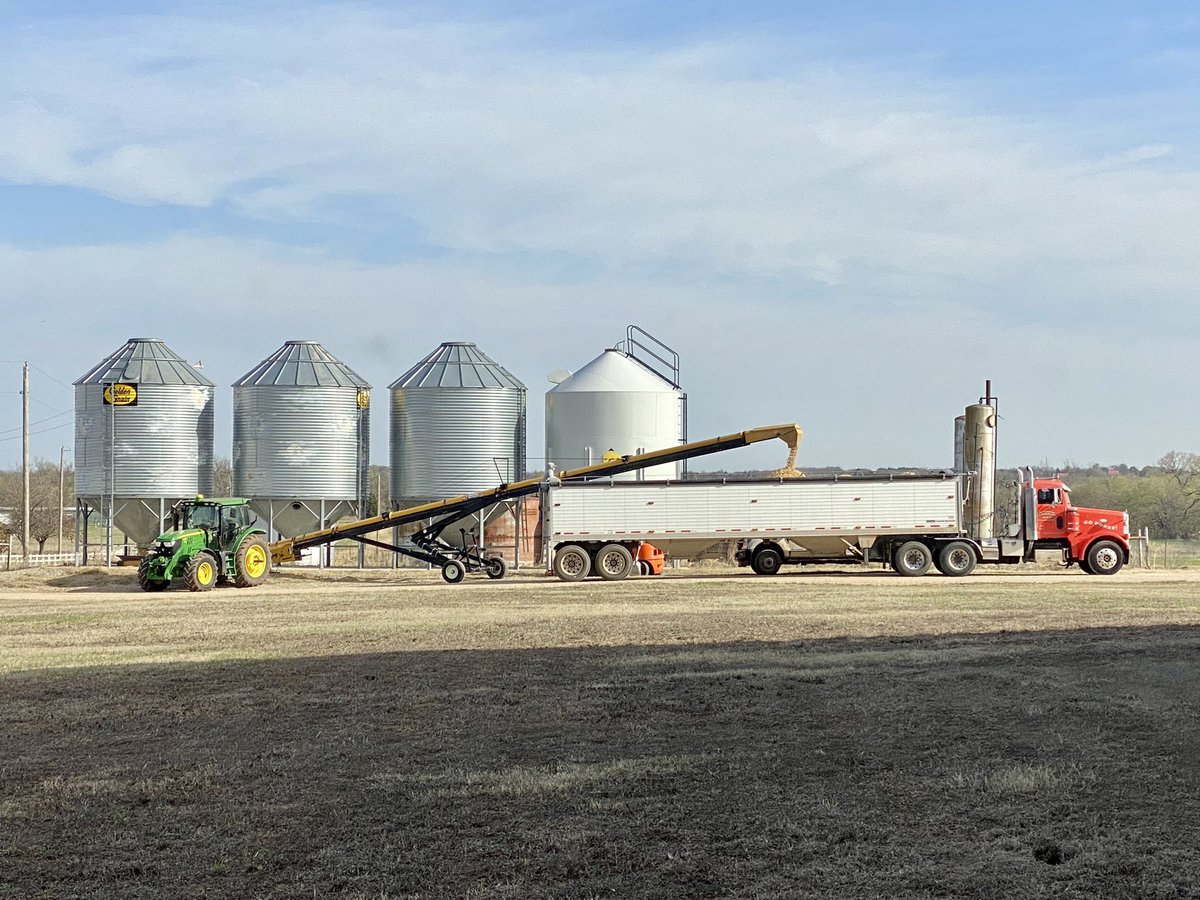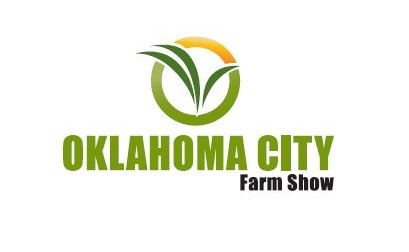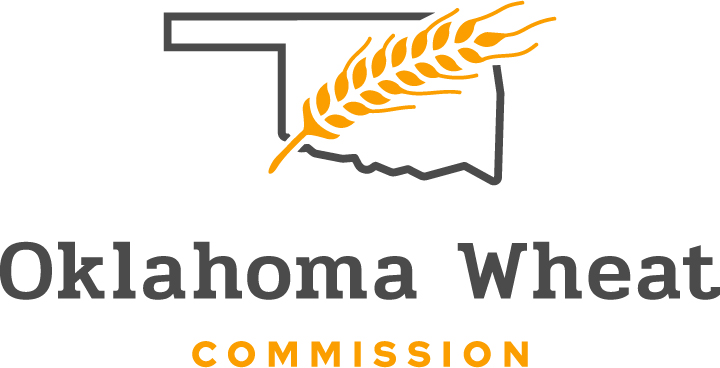
Agricultural News
OSU's Kim Anderson Concerned About Inflation Fears Driving Up Grain Prices
Wed, 05 May 2021 09:16:03 CDT
 The wild fluctuations in the grain markets this year have economists shaking their heads trying to figure out what's going on, said Kim Anderson, OSU Extension grain market economist.
The wild fluctuations in the grain markets this year have economists shaking their heads trying to figure out what's going on, said Kim Anderson, OSU Extension grain market economist.
There is something going on in the foundation of the market and I don't know any analyst that knows what it is, Anderson said.
We've got (plenty of) wheat around the world, Anderson said, adding the U.S. hard red winter wheat stocks are lower due to the increased export demand.
But there is still something going on in this market and that makes me nervous, he said.
With many commodities experiencing short supply and high demand, Anderson is concerned about inflation fears.
If you look back in history when people have anticipated inflation, they tend to buy commodities to protect themselves, Anderson said.
I am also wondering if there is some concern in the world about the instability in peace in the world, Anderson said.
Closer to home, the annual Oklahoma Grain and Feed Association is estimating the Oklahoma wheat crop to yield 110 million bushels this year.
That would be a slight reduction from last year's crop, but Anderson said the size of the Oklahoma crop has very little impact in the world market.
Production is important to our farmers and the U.S. but in the world market it is a minuscule amount, Anderson said.
The OSU economist emphasized the need to produce a high-quality product.
The top two things to make money in farming is managing costs and producing a marketable product, Anderson said.
He said the large price swings make it difficult to estimate a price quote within one or two dollars.
Pressed to name the most profitable grain crop for farmers to grow this year, Anderson suggested soybeans and grain sorghum with the most potential to turn a profit.
U.S. soybean stocks are low, and demand is high, he noted.
Sorghum and soybeans are my top two, followed by corn and then wheat, he said.
Anderson added farmers should take advantage of higher prices now and lock in a price for next year's crop.
You can click on the listen bar below to hear more of Ron's interview with Kim Anderson.
WebReadyTM Powered by WireReady® NSI
Top Agricultural News
More Headlines...




